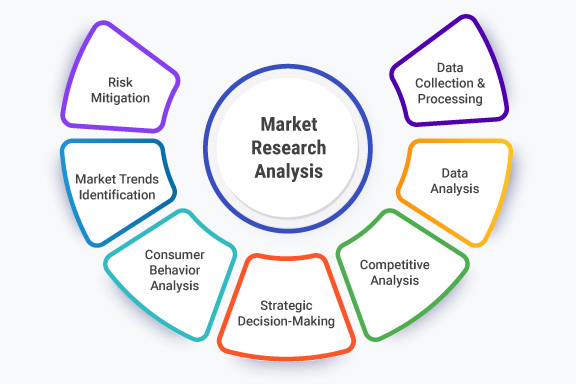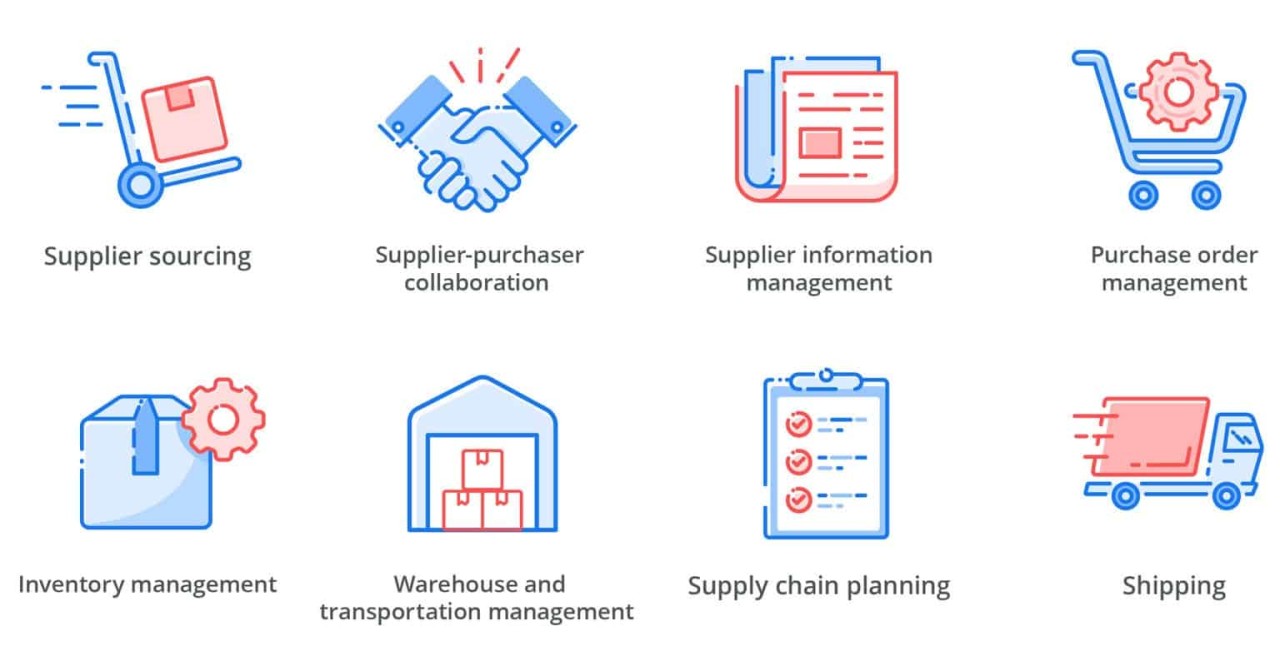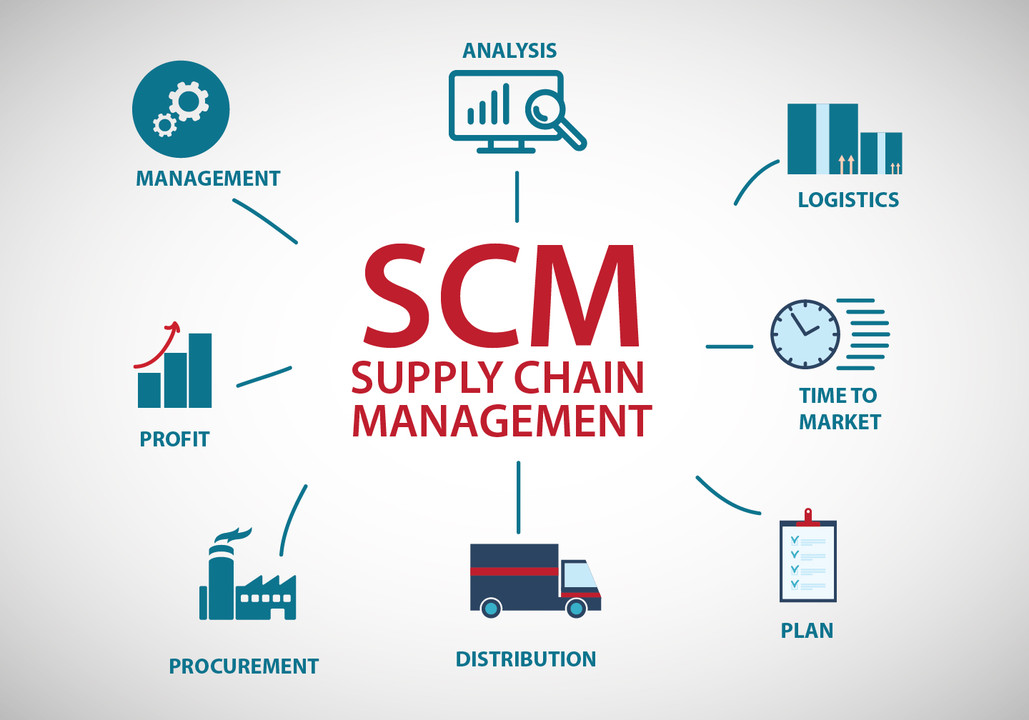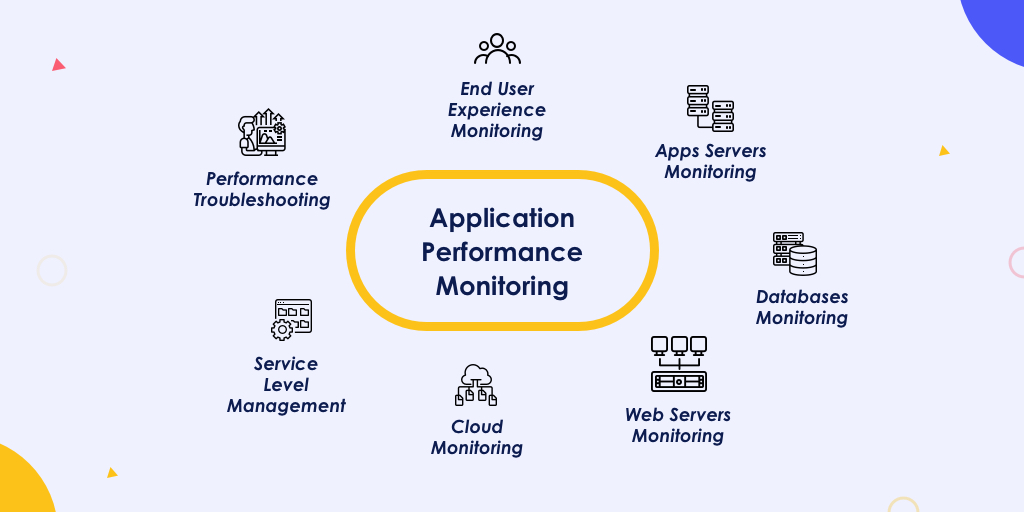Business is a dynamic and multifaceted field that forms the backbone of modern economies. At its core, a business is an entity involved in the trade of goods, services, or both, to consumers. This concept dates back to ancient civilizations where merchants would barter or trade goods. Over centuries, the structure and complexity of businesses evolved, paving the way for the sophisticated commercial enterprises we recognize today.
There are several primary types of business structures. A sole proprietorship is the simplest form, owned and operated by one individual. This type allows for complete control but also places full liability on the owner. Partnerships involve two or more people sharing ownership, responsibilities, and liabilities. Corporations are more complex entities, regarded as separate legal entities from their owners, offering limited liability but often subjected to more regulatory scrutiny. Limited Liability Companies (LLCs) blend elements of partnerships and corporations, providing flexibility and limited liability to their owners while avoiding some of the complexities of corporate structure.
Businesses play an instrumental role in the economy by driving job creation and fostering innovation. They create employment opportunities, which in turn stimulate economic growth by boosting consumer spending and enhancing living standards. Furthermore, businesses are hotbeds of innovation, continuously developing new products, services, and technologies that improve efficiency and spur economic development.
For entrepreneurs and managers, a thorough understanding of business fundamentals is crucial. This knowledge equips them to navigate the complex landscape of modern commerce, make informed decisions, and strategize for long-term success. Understanding the various business structures, recognizing the economic impact of businesses, and appreciating the significance of innovation are foundational aspects that contribute to the overall success in the business world.“`html
Market Research and Identifying Opportunities

Effective market research is pivotal in understanding consumer needs, market demand, and the competitive landscape. It serves as the foundation for making informed business decisions, providing insights that drive strategic planning and operational efficiencies. The primary objective of market research is to identify and analyze the variables that influence consumer behavior and market dynamics, thereby uncovering actionable business opportunities.
Various methodologies can be employed to conduct comprehensive market research. Surveys, for example, are a cost-effective way to gather quantitative data from a large audience. They can be distributed through multiple channels including email, social media, and online platforms, and the data collected can be analyzed to identify trends, preferences, and pain points. Focus groups, on the other hand, provide qualitative insights through structured discussions. Participants are selected based on specific criteria relevant to the research objectives. This method allows for an in-depth exploration of consumer attitudes and perceptions.
Another key method involves data analysis, which encompasses examining transaction records, social media interactions, and website analytics. Big data technologies and software enable businesses to sift through large datasets to uncover patterns and correlations that may not be readily visible. This empirical approach enhances the precision of market forecasts and competitive analysis.
Identifying viable business opportunities requires constant vigilance and an entrepreneurial mindset. It involves pinpointing emerging trends, recognizing consumer needs that are not currently being met, and exploring untapped market niches. Analysis of competitive landscape helps to understand what differentiates successful businesses, and where gaps exist that can be exploited. Innovation and adaptability are thus crucial in responding to market shifts and optimizing business strategy.
In summary, thorough market research and the ability to identify lucrative opportunities are essential components of business success. Utilizing various research methods, businesses can gain valuable insights that lead to informed decision-making and strategic advantage.“`
Business Planning and Strategy

Creating a robust business plan is a fundamental step toward achieving success in any entrepreneurial venture. A well-structured business plan not only serves as a blueprint for guiding the growth and development of a company but also plays a critical role in securing funding from investors. The foundation of a solid business plan includes several key components: an executive summary, company description, market analysis, organizational structure, product lines, marketing strategies, and financial projections.
The executive summary acts as a snapshot of the entire business plan, providing a concise overview of the business, its mission, and its goals. It should be engaging and succinct, capturing the attention of potential stakeholders. Following the executive summary, the company description offers detailed insights into the nature of the business, its products or services, and the target market.
A comprehensive market analysis is essential for understanding the competitive landscape. This section should incorporate data-driven insights regarding market trends, key consumer demographics, and an assessment of competitors. Tools such as SWOT analysis help in identifying the Strengths, Weaknesses, Opportunities, and Threats facing the business, providing a strategic framework for decision-making. This analysis not only informs the strategic direction but also highlights areas for improvement and growth.
Organizational structure and product lines are intrinsic elements of a business plan. Clearly outlining the organizational hierarchy, including roles and responsibilities, ensures effective management and operational efficiency. Identifying and detailing the product lines or services offered is equally important, including unique selling points and competitive advantages.
Marketing strategies form the backbone of customer acquisition and retention. A well-devised marketing plan should incorporate a blend of traditional and digital marketing tactics tailored to the target audience. It should explain the channels and methods to be used for branding, promotions, and market penetration.
Financial projections are pivotal for demonstrating the financial viability of the business. This section should include projected income statements, cash flow statements, and balance sheets, offering a clear picture of the business’s financial health over the next few years.
Setting SMART goals—Specific, Measurable, Achievable, Relevant, and Time-bound—is crucial for driving business growth. These goals provide a clear path for achieving strategic objectives and measure progress over time. By establishing and adhering to a comprehensive business plan and employing strategic planning frameworks, businesses can navigate the complexities of the market and position themselves for long-term success.
Funding and Financial Management

Securing adequate funding is often one of the most critical steps in establishing and growing a business. There are several financing options available that cater to businesses at different stages. Bootstrapping involves using personal savings or revenue generated by the business to fund operations. This method allows complete control over the business but may limit growth due to restricted funds. On the other hand, loans from financial institutions can provide substantial capital but involve repayment obligations and interest costs.
For startups and early-stage companies, angel investors and venture capitalists present attractive financing options. Angel investors are typically individuals who invest their own money in startups in exchange for equity. They often bring valuable expertise and networks to the table. Venture capital, on the other hand, comes from firms that pool resources from various investors to fund high-growth businesses. Despite the significant capital injection, venture capitalists usually demand a substantial ownership stake and influence over company decisions.
Crowdfunding has emerged as a popular alternative, leveraging online platforms to raise small amounts of money from a large number of people. This method not only generates funds but also helps validate the business idea and create a customer base. Choosing the right financing option depends on the business’s growth stage, industry, and financial health.
Beyond securing funds, effective financial management is crucial to long-term success. Budgeting involves creating a detailed plan outlining income and expenses to ensure funds are allocated efficiently. Cash flow management is essential to maintain liquidity, covering daily operations and unforeseen expenses. Regularly updating profit and loss statements provides insight into the business’s profitability over time, allowing for strategic adjustments as needed. Similarly, balance sheets offer a snapshot of the company’s financial position at any given time, summarizing assets, liabilities, and equity.
Effective financial planning involves setting realistic financial goals, forecasting future revenue and expenses, and regularly monitoring financial performance. Risk management is equally important, involving the identification, assessment, and prioritization of potential financial risks. Implementing appropriate mitigation strategies, such as insurance or diversification, can protect the business against unforeseen financial setbacks.
Building a Brand and Marketing

Creating a robust brand identity is foundational for long-term business success. A well-designed logo is often the first touchpoint for potential customers, acting as a visual representation of your brand’s values and mission. It is imperative to invest in professional logo design to ensure that it resonates with your target audience and sets the right tone. Equally important is brand messaging, which conveys your unique value proposition and sets you apart from competitors. Consistency in the messaging across all channels reinforces brand recognition and trust.
One can’t underestimate the significance of brand values. These values form the core of your brand’s identity, shaping not just marketing tactics but also the overall operational strategy. Successful brands integrate their values into every aspect of their business, from customer service to product development.
In the realm of marketing, a blend of digital and traditional strategies yields optimal results. Digital marketing encompasses Search Engine Optimization (SEO), which enhances visibility on search engines, driving organic traffic to your site. Social media platforms offer a dynamic space to engage directly with consumers, while content marketing establishes your brand as an authority in your industry. Email campaigns remain a potent tool for maintaining ongoing relationships with your clients and promoting new offerings.
Traditional marketing methods, despite the digital shift, still hold significant value. Television and radio ads can reach large audiences quickly, and print advertisements target specific demographics effectively. The key to successful marketing lies in creating a cohesive plan that seamlessly integrates both digital and traditional methods.
Consider the case of Apple Inc. The company has famously built a brand identity characterized by innovation, elegance, and simplicity. Their logo, a minimalist apple, and consistent brand messaging have achieved near-universal recognition. Apple’s marketing strategy is a blend of powerful digital campaigns and curated traditional media presence, underscoring the importance of a balanced approach.
In another case, Nike’s “Just Do It” slogan exemplifies strong brand messaging coupled with targeted marketing efforts across diverse platforms, reinforcing their core values of athleticism and motivation. These examples underline that a well-rounded strategy and coherent brand identity are paramount for sustained business success.
Operations and Supply Chain Management

Efficient operations and meticulous supply chain management are cornerstones of a successful business. By overseeing production management, ensuring quality control, and coordinating logistics, companies can maintain high standards while optimizing their workflow. Production management involves planning, organizing, and overseeing the manufacturing processes to ensure products are made efficiently and meet customer demands. This requires constant monitoring and fine-tuning to adapt to market changes.
Quality control is another crucial component, tasked with maintaining the integrity of products through stringent testing and inspection. Companies must establish robust quality control measures to ensure consistency and reliability, thus safeguarding their reputation and satisfying customers. In addition to production and quality, logistics play a pivotal role in the timely and cost-effective distribution of goods. Effective logistics management requires strategic planning to ensure seamless transportation, storage, and delivery of products.
Supply Chain Management

Managing the supply chain requires an integrated approach encompassing various elements such as supplier relationships, inventory management, and leveraging technology to enhance operations. Building strong supplier relationships is essential, as reliable suppliers ensure the steady flow of raw materials and components necessary for production. Cultivating close partnerships with suppliers can lead to mutually beneficial opportunities, including cost reductions and innovations.
Inventory management is another critical task, focused on maintaining optimal stock levels to meet demand without incurring excessive carrying costs. Techniques such as Just-In-Time (JIT) inventory and automated replenishment systems help balance supply and demand, thereby reducing waste and improving cash flow. Moreover, adopting technology in supply chain management, including enterprise resource planning (ERP) systems and data analytics, can streamline operations, enhance visibility, and facilitate informed decision-making.
Optimizing operational efficiency entails implementing best practices such as lean manufacturing principles, which aim to minimize waste and maximize productivity. Companies should regularly review their processes, identifying and eliminating inefficiencies to reduce operational costs. Additionally, investing in continuous improvement initiatives ensures that businesses remain agile and responsive to changing market conditions. By focusing on these essential components, businesses can achieve operational excellence, thereby driving success and sustainability.
Leadership and Human Resources

Effective leadership and strategic management are pivotal in steering any business toward success. Different leadership styles, from transformational to transactional, offer unique advantages. Transformational leaders inspire and motivate employees to exceed their own expectations, fostering a culture of innovation and growth. On the other hand, transactional leaders emphasize structure, rewards, and results, ensuring that tasks are completed efficiently and goals are met.
Human Resources (HR) practices play an integral role in attracting and retaining top talent. A rigorous and systematic hiring process helps ensure the selection of employees whose skills and values align with organizational goals. Once onboard, comprehensive training programs equip employees with the necessary skills and knowledge to perform their roles effectively. This can include onboarding sessions, continuous professional development courses, and leadership training programs tailored to nurture future leaders within the organization.
Performance management is another critical aspect of HR. Regular performance evaluations, feedback sessions, and goal-setting exercises can help in tracking employee progress and identifying areas for improvement. Constructive feedback and recognition of achievements encourage employees to maintain high performance, while clear, measurable goals provide a roadmap for their professional growth.
Employee engagement is a significant factor in a productive and positive workplace. Engaged employees are more likely to exhibit higher levels of job satisfaction and commitment to the organization. Initiatives such as employee surveys, team-building activities, and open communication channels contribute to fostering a sense of belonging and community within the workplace.
Fostering a positive organizational culture cannot be overstated. This involves creating an environment where employees feel valued, respected, and motivated. Leaders must champion values such as integrity, transparency, and inclusivity. Additionally, providing professional development opportunities, such as mentorship programs, workshops, and career advancement paths, ensures that employees continue to grow and stay engaged with the organization.
Monitoring performance is an indispensable aspect of ensuring business success, with the crux lying in setting key performance indicators (KPIs). KPIs are quantifiable measures that align with an organization’s strategic objectives, offering insights into various dimensions of performance. Regularly tracking these metrics allows businesses to detect trends, identify potential issues early, and make informed decisions. By establishing clear KPIs, businesses can maintain focus on critical areas while ensuring that their efforts contribute to overall goals.
Tools and Software for Performance Tracking

With technological advancements, a plethora of tools and software solutions have emerged, streamlining the process of monitoring business performance. Platforms like Tableau, Power BI, and Google Analytics empower organizations with the ability to visualize data, track metrics in real time, and generate comprehensive reports. These tools offer customizable dashboards and integration capabilities, ensuring that businesses can tailor the tools to their specific needs. Employing such technologies facilitates an accurate and ongoing assessment of performance, allowing businesses to stay agile and responsive.
Flexibility and Adaptability in Business Strategy

In the dynamic business landscape, flexibility and adaptability are crucial. A static strategy often becomes obsolete in the face of market fluctuations and evolving consumer preferences. Hence, businesses must adopt an adaptable approach that allows them to pivot when necessary. This involves continuous market analysis, seeking consumer feedback, and being open to change. By staying alert to industry trends and customer sentiments, businesses can realign their strategies to maintain relevance and competitiveness.
Notable examples of successful business pivots highlight the power of adaptability. Slack, originally a gaming company, transitioned its focus to a workplace communication tool, significantly altering its trajectory and resulting in robust success. Another example is Netflix, which shifted from DVD rentals to a streaming service, revolutionizing the way content is consumed. These pivots underscore the importance of being receptive to change and seizing opportunities for transformation.
Conclusion
Building a successful business is a journey that requires careful planning, resilience, and continuous learning. Whether you’re just starting out or looking to grow an existing venture, understanding the key principles of business—from market research and financial management to customer engagement and innovation—can significantly enhance your chances of success.
A solid business plan serves as your roadmap, guiding you through challenges and helping you make informed decisions. Meanwhile, staying adaptable and open to new opportunities ensures your business can thrive in a constantly changing market. Remember, no business journey is without its obstacles, but with determination, strategic planning, and a focus on delivering value to your customers, you can turn your entrepreneurial vision into a reality.
As you move forward, keep learning, stay connected with your market, and continue to refine your strategies. With these steps, you’re well on your way to building a sustainable and prosperous business.
FAQs
1. What is the most important aspect of starting a business?
One of the most important aspects of starting a business is thorough market research. Understanding your target audience, their needs, and how your product or service fits into the market is crucial for creating a business that can thrive.
2. How often should I update my business plan?
Your business plan should be a living document that you revisit and update regularly, especially when significant changes occur in your business environment, such as new competition, market trends, or shifts in your financial situation.
3. What are some common pitfalls to avoid when growing a business?
Common pitfalls include overextending your resources, neglecting cash flow management, and losing focus on customer needs. It’s important to scale at a sustainable pace and continually align your growth strategies with your business goals.
4. How can I maintain a competitive edge in my industry?
Maintaining a competitive edge involves staying innovative, keeping up with industry trends, and continuously improving your product or service. Regularly seeking customer feedback and being adaptable to change are also key strategies.
5. Why is customer engagement important for business success?
Customer engagement is vital because it fosters loyalty, encourages repeat business, and can lead to valuable word-of-mouth marketing. Engaged customers are more likely to become advocates for your brand, helping to grow your business organically.







